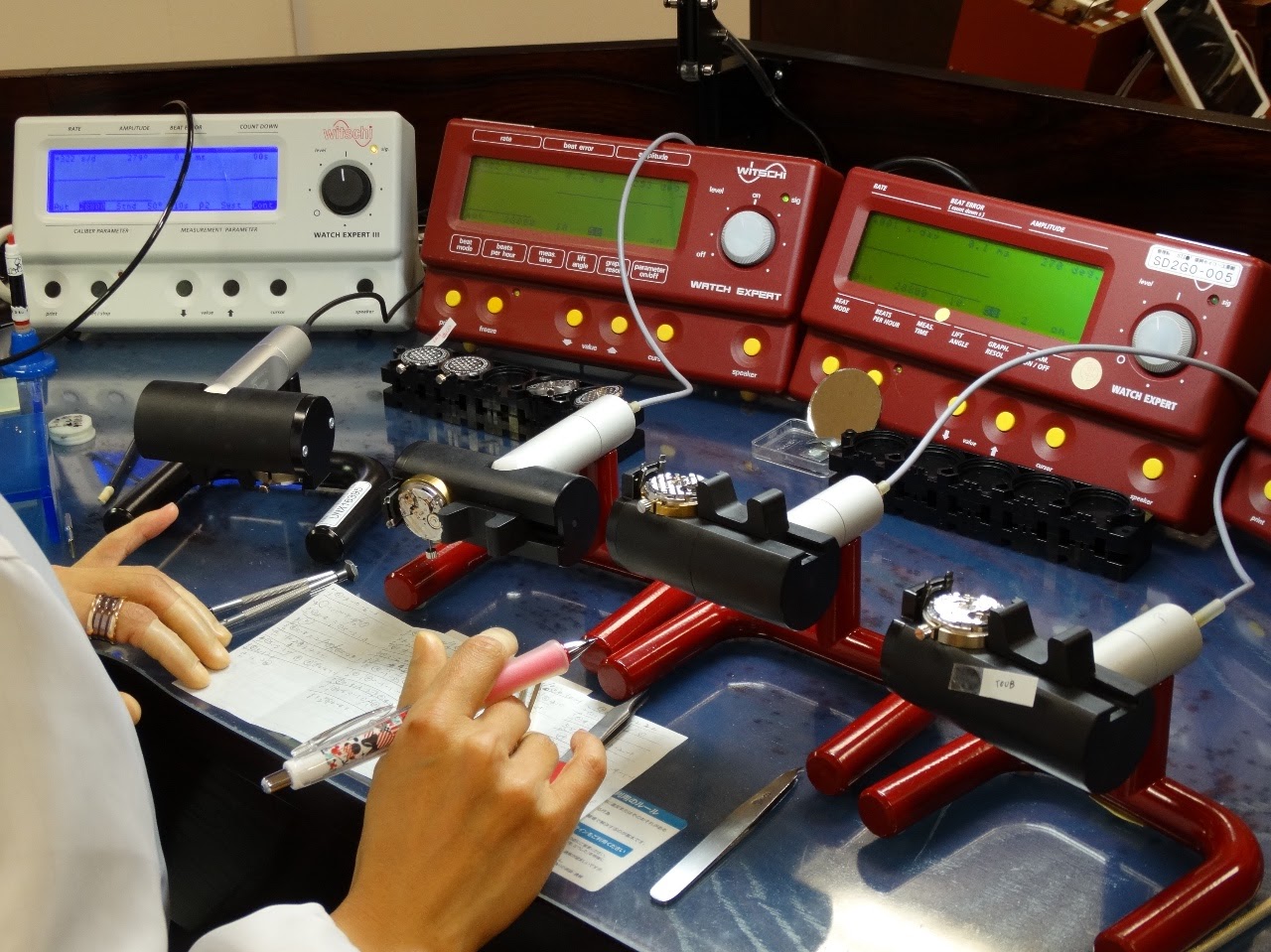
Listening, Part 1
cazalea


"Listen to your Father!" is a common thing said by mothers to their children. "Pay attention" is frequently uttered by teachers in a classroom. "Listen Up" is something figures in authority usually say before giving instructions.

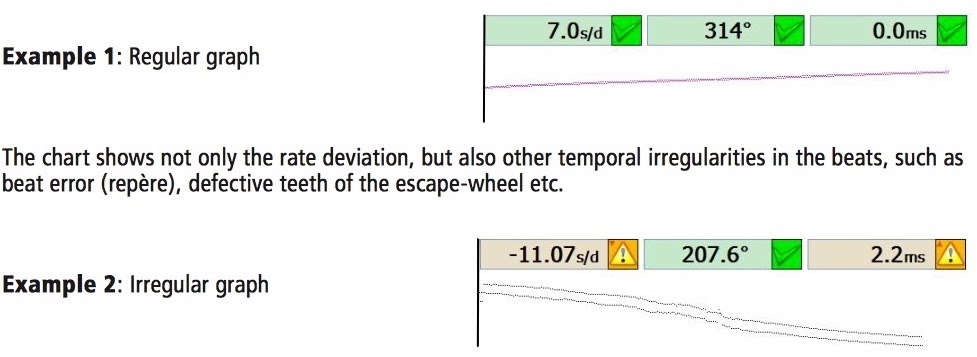
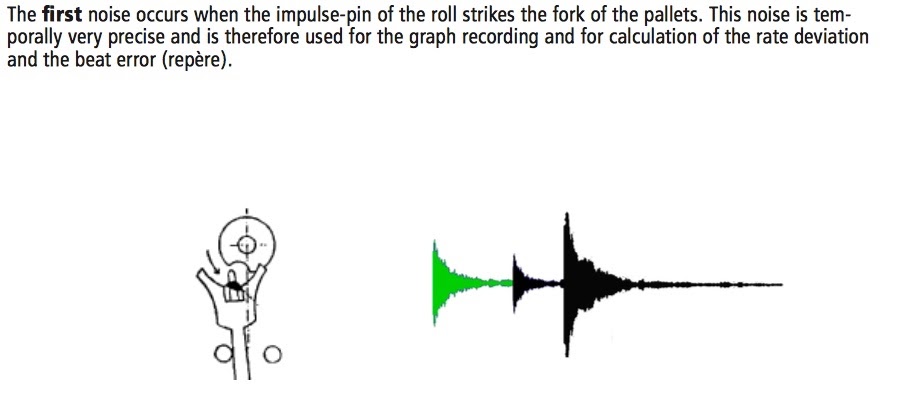
SECOND NOISE B
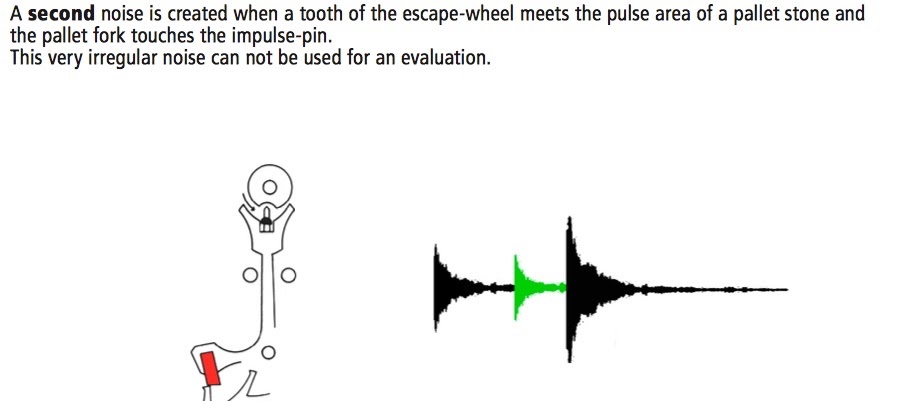
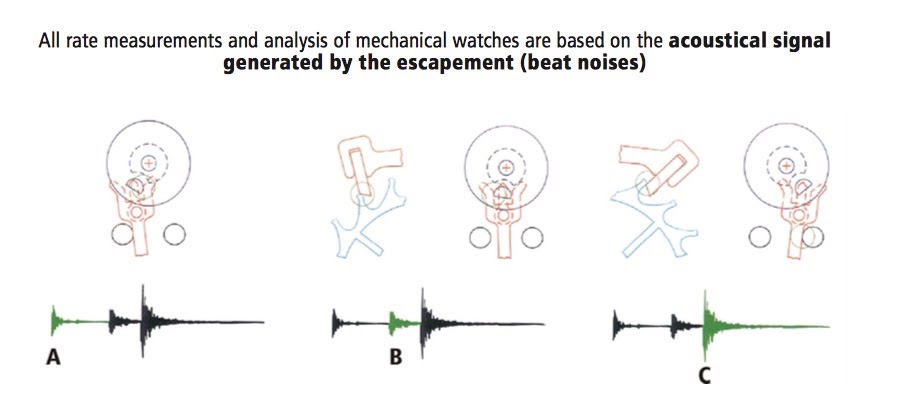
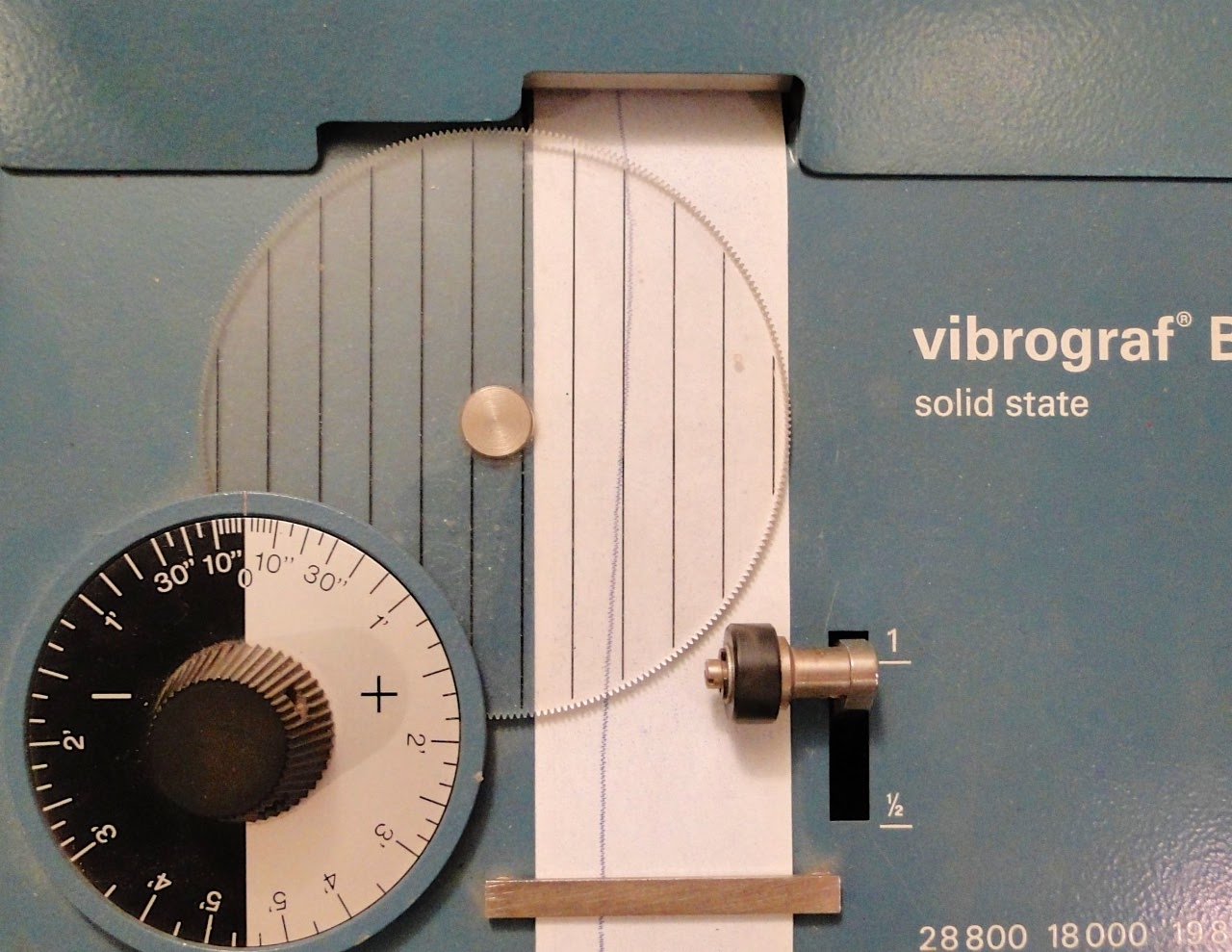
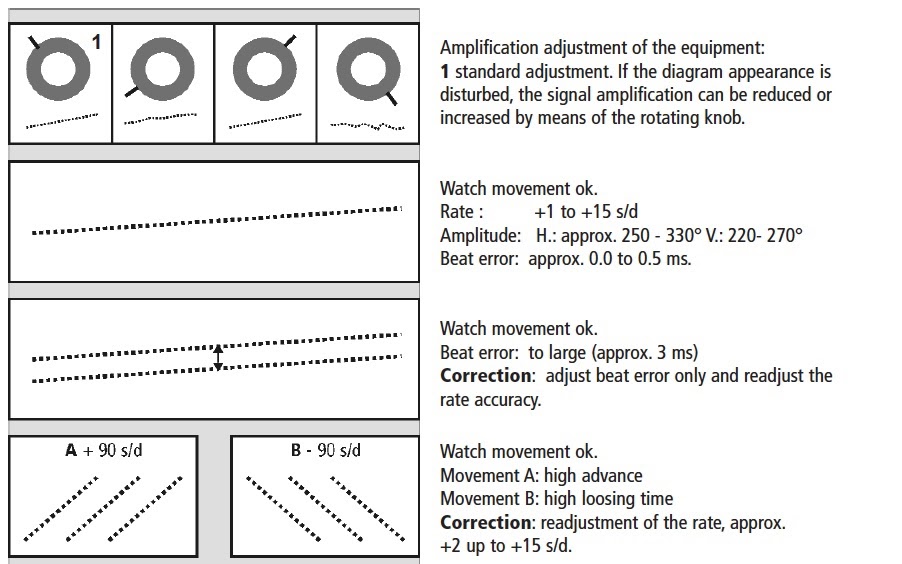

As we work our way through the illustrations you can see how listening carefully can then produce a diagram which helps the watchmaker diagnose the watch. Sometimes it means you need new parts; aternatively you might need to clean and reassemble the escapement or the entire timepiece.
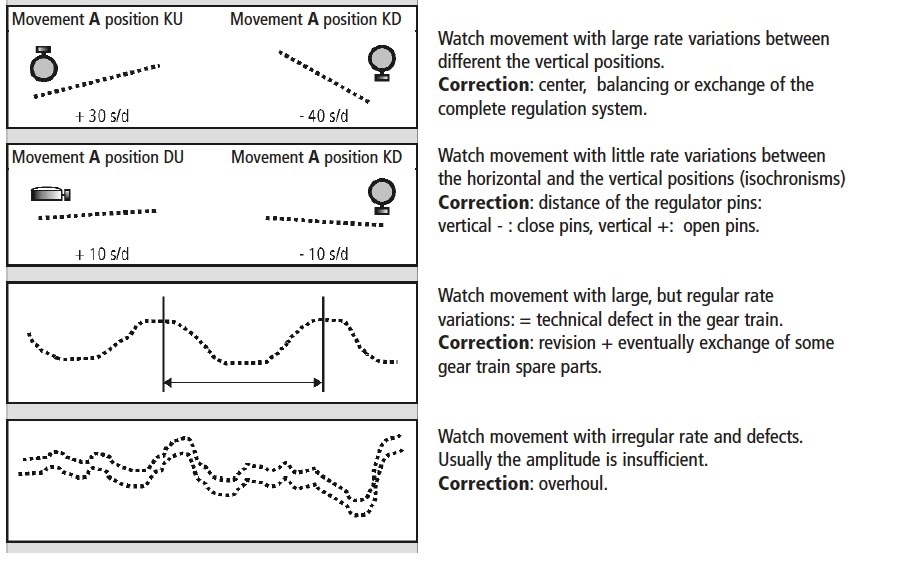
Here are a few more patterns from the Witschi training manual.
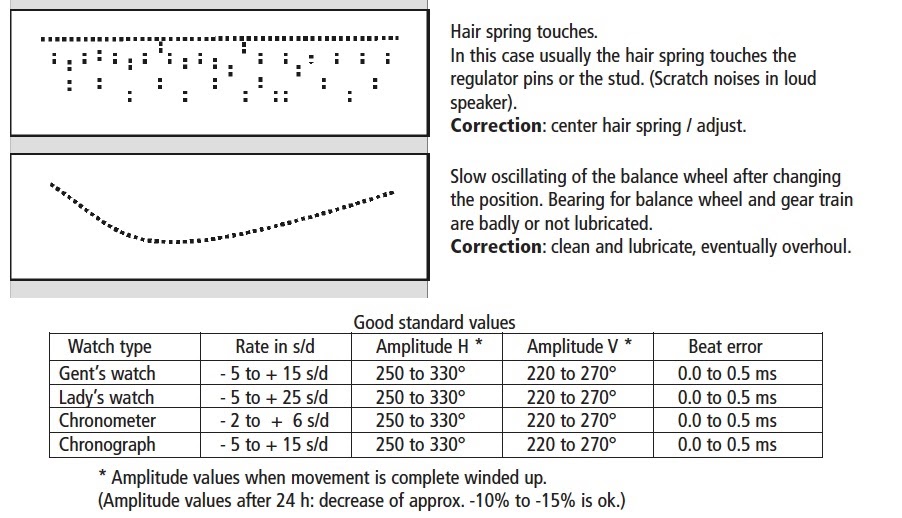
I thought about listening when David Walter posted here about his MicroSet device "hearing" a recent earthquake. It (the tester) was actually "listening" to the escapement in his pendulum clock, and it "heard" variations in the escapement's action when the ground shook.
If you never knew how watches are regulated or diagnosed, then Please Listen Up!
Watchmakers adjust escapements by listening to their timekeeper's tic and tac (in French) or tick and tock (in English).
You may have seen a device like this on a watchmaker's bench; this photo came from Grand Seiko's Morioka Studio. The four Witschi Watch Expert machines are connected to microphones that are listening to the Grand Seiko movements in front of our inspector. The results are displayed on the screens.

In prior generations, watchmakers used electro-mechanical devices like this vibrograf to listen to a movement and then display the results on a thermal paper tape.
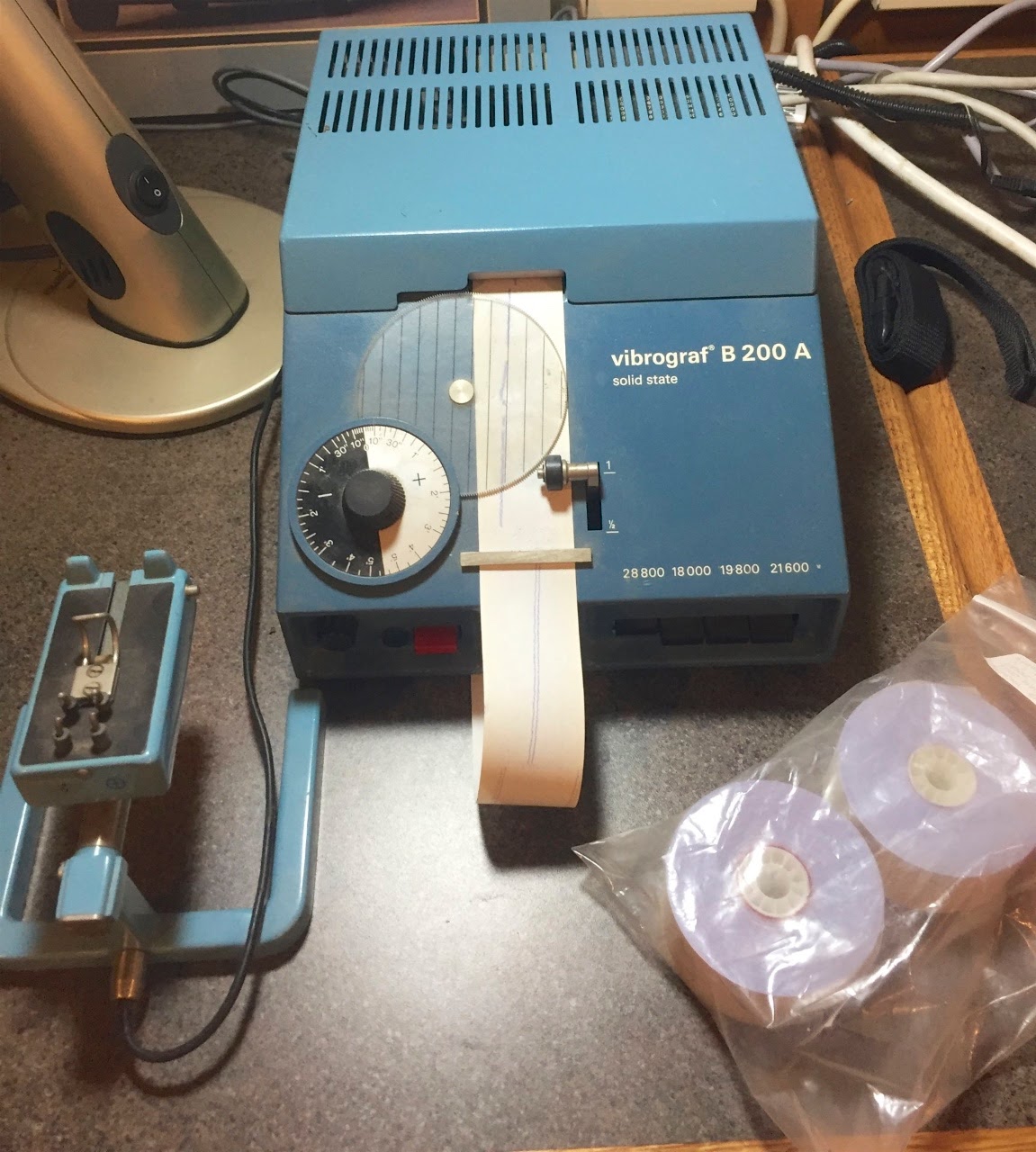
In-between these machines, we have had some PC-based analyzers, such as this eTimer software package which I formerly used.
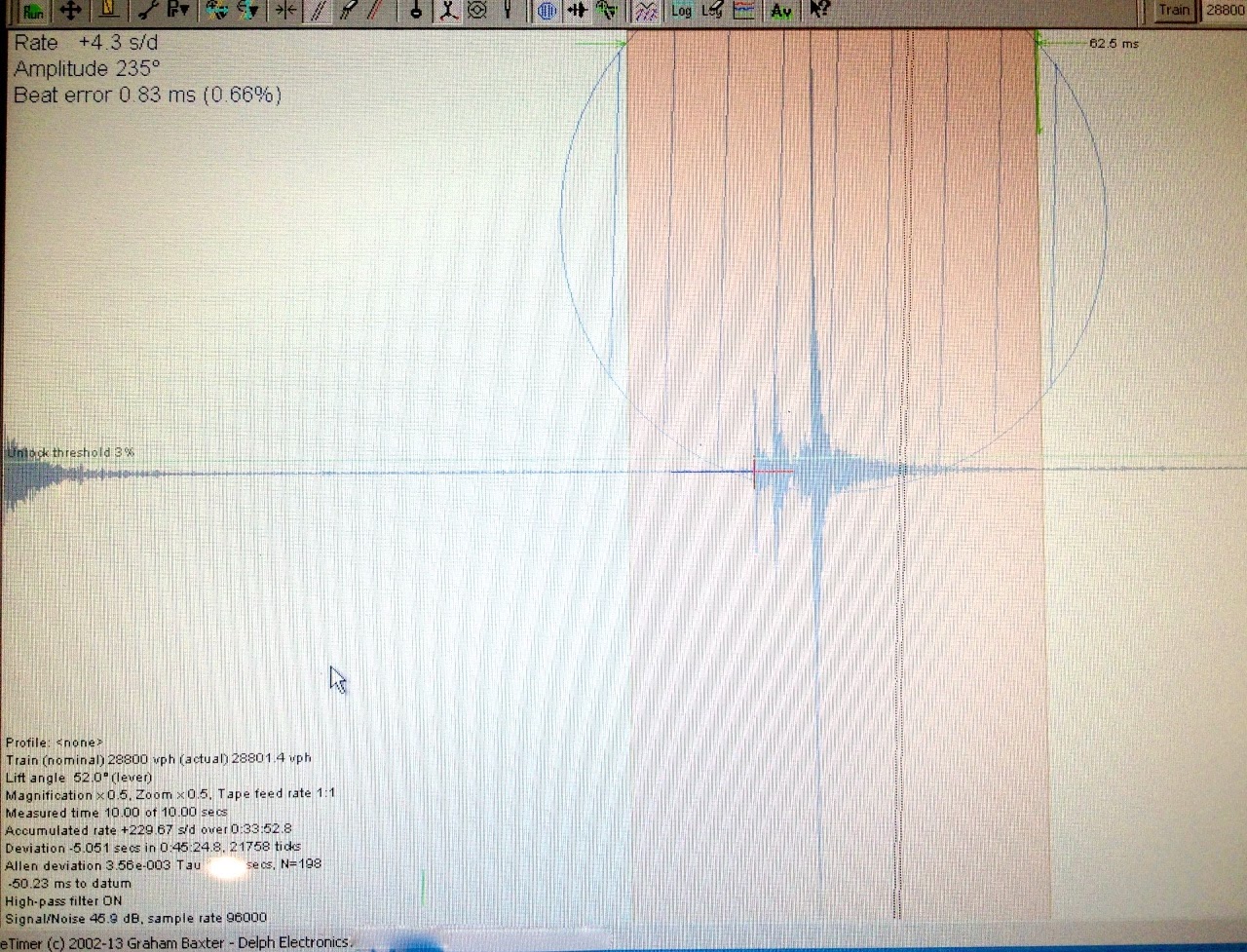

In-between these machines, we have had some PC-based analyzers, such as this eTimer software package which I formerly used.

But what exactly are these devices listening to?????
Don and I asked Witschi if we could share with you some of their training material to explain how the tic tac is translated into graphical form. They were happy to oblige and to help me explain how to use a watch timer, for beginners.
The watchmaker first has to set his listening device to hear the proper frequency which is designed into the watch (18,000, 28,800, 36,000, etc.) Most machines will do this for you, but older ones like my vibrograf must be set by the watchmaker. Then you set the amplification (or listening) volume properly, and begin your analysis.
Our testing machine (screen or paper) takes the measured interval between some of the sounds it is hearing, and compares that to its own precisely calibrated reference timer.
NOTE: Needless to say, since this is an acoustic test, you cannot perform it accurately if you are playing loud music in your atelier, or tapping your fingers on the table near the tester!
The testing machine compares its own timer to two successive watch beats. If the measured time on the watch is exactly the same as the internal timer, a new dot is placed adjacent to the first one. If the new beat is a bit too early (fast) or too late (slow) the dot is shifted up or down relative to the first one. Thus the row of dots on the display (or paper) forms a line that indicates the rate deviation of your movement. On the Witschi screen a perfect line is horizontal. On the vibragraf and my PC, the line should be vertical. A sloping line shows the watch needs a bit of attention; a jagged line or two lines means something else we will discuss soon.

FIRST NOISE A


THIRD NOISE C
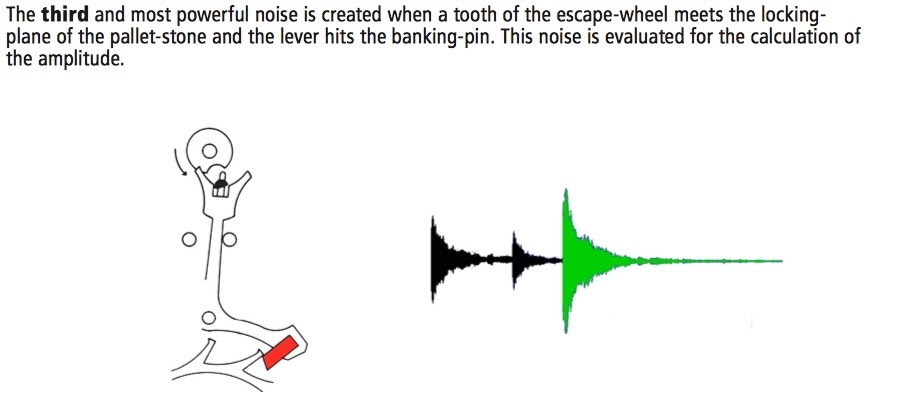

SUMMARY

OK, so what do we do with these noises? You may recognize the waveform shown above in black and green is also shown in the photo of my eTimer screen. Any timing machine analyzes that waveform.
Remember we want to see a nice, straight dotted line on the screen or the paper.

If there are two lines, that means the watch is out of beat which generally means that the impulse pin is not centered in the fork when the balance is at rest (or balance wheel is swinging too far in one direction, and too little in the other). If the line slopes slightly, it's ok. If it slopes too much it's either slow or fast and must be regulated.

So one straight line, no slope is perfect. Sloping a lot, or two lines are problems. What if the line(s) not straight across (or down) the screen or paper tape? We can see that too with our analyzer.

As we work our way through the illustrations you can see how listening carefully can then produce a diagram which helps the watchmaker diagnose the watch. Sometimes it means you need new parts; aternatively you might need to clean and reassemble the escapement or the entire timepiece.

Here are a few more patterns from the Witschi training manual.

That's all I have for today. Of course there are exceptions for co-axial escapements, new silicon designs, ultra-high frequency movements, etc. Witschi provides special settings for those watches.
I thank you for your attention, and thanks to Witschi for permission to refer to their technical manual, which you can find here: LINK TO MANUAL.
Cheers,
Cazalea
Comments:

Alkiro1 October 31st, 2017-15:41
Very interesting and pedagogical post dear Mike. Thank you When we have had the pleasure to meet Vianney Halter in his workshop in Switzerland, I noticed an old “timekeeper” and I asked him if he still used it or not. He replied me yes because this tool was very interesting for him as he could know, with it, from...

41northpole October 31st, 2017-15:43
Spooky Thanks Cazalea I've just recently been researching this very thing, how the machine uses sound to differentiate how the movement is working Super Thanks

KMII December 22nd, 2017-11:08
I seem to have missed this first time around... Fantastic to get a bit more detail on this important aspect of ensuring the watch performance remains in peak state! And as usually, you do a great job of making even people without a technical background get it Thanks a lot!

Ronald Held December 22nd, 2017-13:54
Highly informative report. Now if only it stalled in memory.. (nt) NT

ChristianDK March 6th, 2018-10:52
A wonderful post. Thank you. Very useful. I recently thought about getting one of these. I was looking at the Witschi but they are very expensive. Do you know of a less costly but trustworthy brand/model? I’ve seen them as cheap as a few hundred usd but I that could just be a waste of money. Thank you

cazalea March 9th, 2018-06:47
I don't have first experience with other brands, sorry I have a Witschi quartz watch testing tool but I don't have a current electronic timer like this - I have one old school paper tape model, and one that runs on a PC laptop which is almost useless. Mike

ChristianDK March 9th, 2018-10:09
Okay, thanks, Mike. I understand that one should be careful which one to buy. If I find an alternative at a lower price I will return.

Katzky1 March 14th, 2018-22:11
Great post. I recently purchased one of these Weishi timegraphers thinking it would provide some insight into the health of my watches. Unfortunately I can not determine the correct lift angles for any of my watches so.... it is somewhat disappointing.

DonCorson March 22nd, 2018-15:14
Here is the most complete list I know... It is on a German site, but you should be able to figure it out. www.uhrenwerkstattforum.de Don
0-10-9
Load More Comments
Next Article
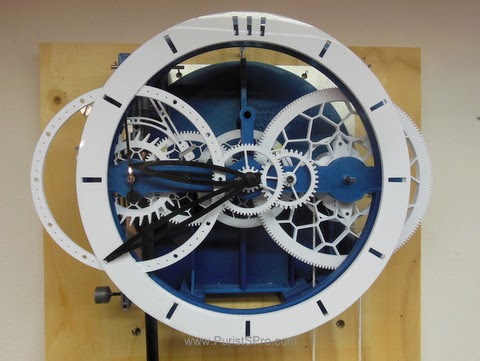
DonCorson


Making a 1 Second Pendulum Clock (3D printed)
DonCorson


Pendulum clocks are fascinating me these days. And of course different ways of making them. Having recently acquired a 3D FDM printer I decided to see how (if) one could make a precision clock using this means of production. As I already had a mechanical design for a clock with a Graham escapement that I had planned to make traditionally in brass this was a great starting point for an interesting summer project.
© 2017 - WatchProZine